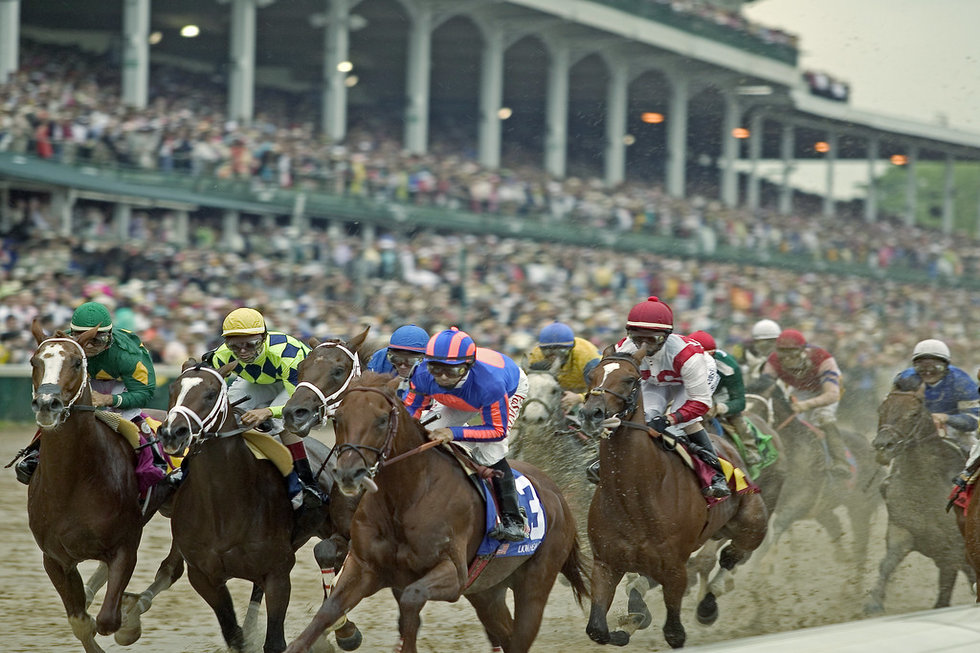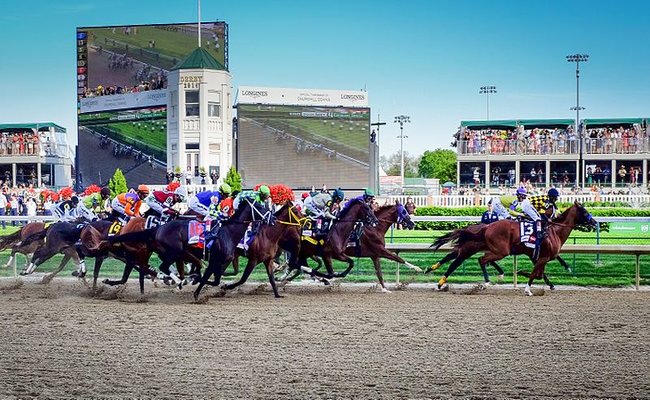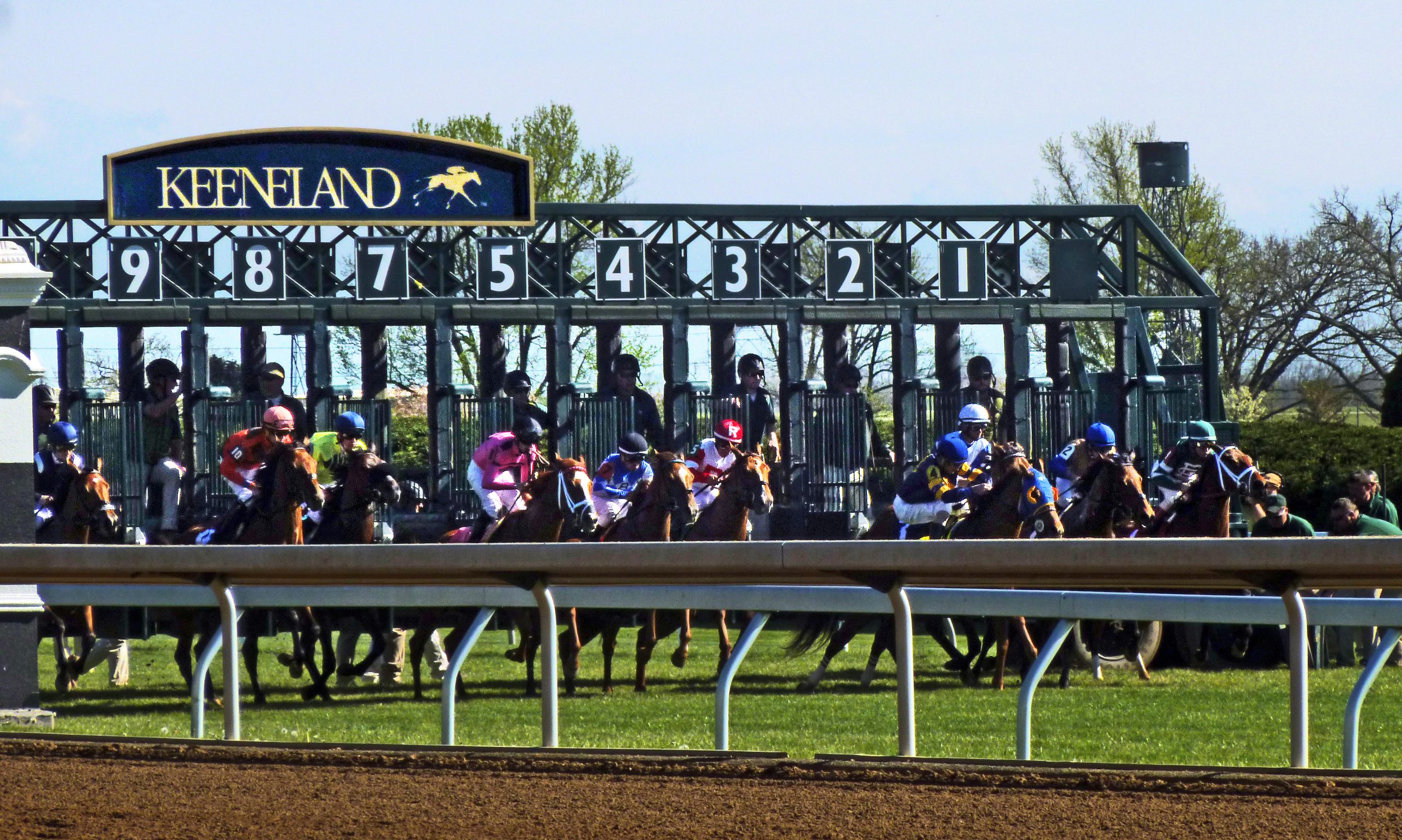Palio di Siena, Tuscany
The Palio di Siena horse race is one of the most famous (and highly competitive) Italian cultural sporting events. The Palio di Siena takes place in the Piazza del Campo, Siena, one of the biggest medieval squares in the world, which has an unmistakable and peculiar shell-shape.
The race is held twice each year, on 2nd July and 16th August. Ten horses with riders, bareback and dressed in the appropriate colours, representing ten of the seventeen contradas, or city wards, contest the Palio.
Each event lasts four days (from June 29 to July 2 and from August 13 to 16), with a series of ceremonies, qualifying for the main race and finishes in the streets of the victorious “Contrada” where the people celebrate the success in a most joyous way.
Competition and rivalry amongst each Contrada is fierce.
Palio Package Details
- Historical cultural event
- Luxurious package at the finest Tuscan hotel
- Experience the fierce rivalry between each of Siena’s contrade
- Enjoy the local Tuscan cuisine and fine wines
From £4,595 per person
- Palio Di Siena Race Package
- History & Background
Palio Di Siena Race Package
Includes 3 nights at the fantastic all suite Belmond Castello di Casole with exclusive access to the tower of Palazzo d’Elci Pannocchieschi for the Palio event
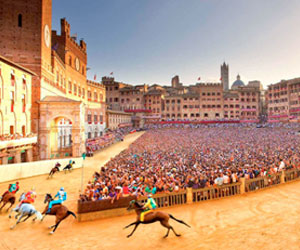
PACKAGE DETAILS
Palio Package details & Itinerary
Palio Di Siena Race Package – Full details & Itinerary
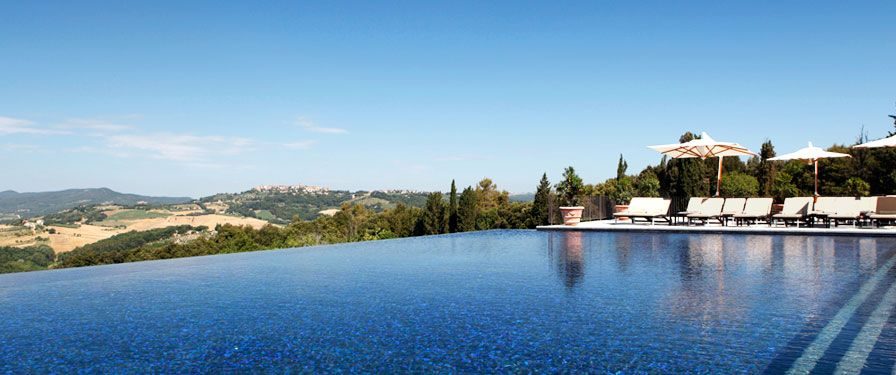
- 3 nights bed & breakfast accommodation in a Junior Suite
- Transfers from/to Castello di Casole and Siena
- Expert tour guide included while in Siena
- Exclusive access to private palace tower overlooking Piazza del Campo
- Palio hospitality includes refreshing drinks and canapés during events
- Dinner in one of the historical Contrada (city quarters) on the eve of the race
- Dinner at the typical Osteria Le Logge in Siena (drinks not included)
- Waters and soft drinks from the minibar
- Access to Essere Spa and Fitness Club
More about the Hotel
The Belomond Castello di Casole is a stunningly restored hilltop castle set in beautifully manicured grounds of 4,200sqm. This five-star superior, all-suite hotel and spa effortlessly combines Old World Tuscan charm with modern luxuries, and sublime comfort with elegance and sophistication.
It is that secret place you might hope to discover along a country road – a place with graceful and intimate accommodations, inspired cuisine and an inviting repertoire of activities, and, of course, perfect hospitality.
Enjoy the beautiful Tuscan countryside, yet still be within easy reach of Florence and Siena.

BELMOND CASTELLO DI CASOLE
More about the Hotel

EVENT DETAILS
More about the Palio Venue
Palazzo d’Elci Pannocchieschi, Sienna

Experience the nique opportunity to watch the Palio from the tower of Palazzo d’Elci Pannocchieschi, a 13th-century aristocratic palace overlooking the stunning Piazza del Campo, Siena. Guests enjoy the exclusive view from the top of the private palace tower. Refreshing drinks and canapés are served throughout the trials and Palio horse race.
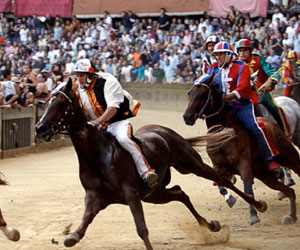
VIDEO
Previous event
Palio di Siena, History & Background
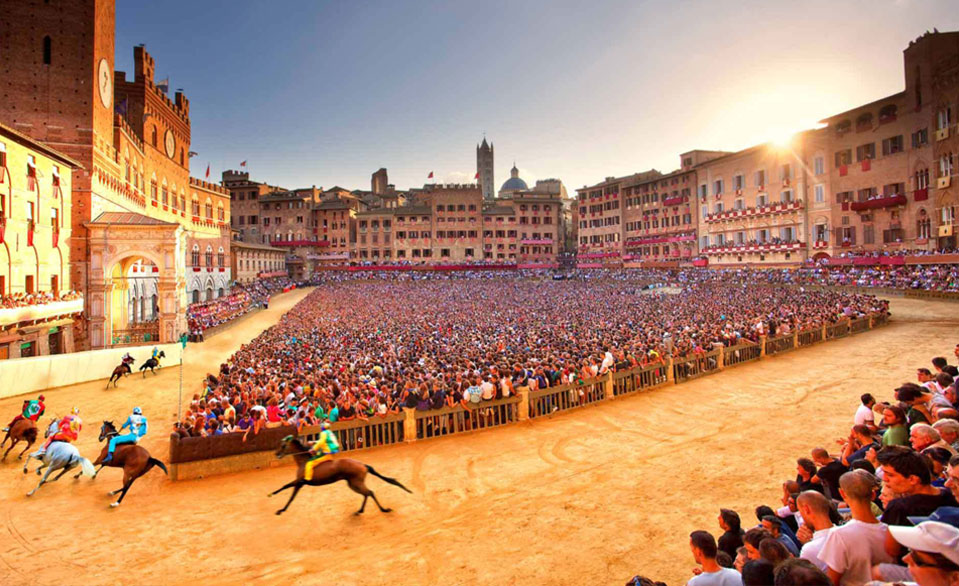
The 3 lap race around a city square lasts around 2 minutes is the subject of discussion and competition all year round and can cause men and women to joke or cry; such is the Palio, the ultimate traditional celebration in Siena.
Siena is divided into seventeen contrade, or areas of the city. The Sienese citizens belong first to a contrada and then to the city. Each contrada competes against one another in the Palio, and rivalry and competition are an integral part of the preceding months before the event. Ten contrade are selected for each race comprising of the 7 excluded from the previous race plus 3 best from the preceedeng race trials. Each contrada is assigned a horse, and the horses compete in la corsa of Piazza del Campo while thousands of people come as spectators and participants, transforming the main piazza into a teeming sea of people.
The Palio races is run twice each year – one on the 2nd of July, and the second on the 16th August. The celebrations start three days prior to each Palio, although the anticipation is already evident weeks before. During this time, there are feasts, carnivals, blessing of the horses and celebrations of all kinds. During these days, there are events such as the assigning of the horses to the ten contrade the first, second, third and fourth trial, and the Prova Generale, followed by the dinner of the Prova Generale for each contrada. Contrada colors are worn by Sienese people, and music, singing and drumming can be heard on the streets at all times of the day or night.
On the day of the Palio, spectators gather in the piazza from noon on, willing to bear sun, heat and sweat to witness this traditional event. The more sedate will pay for seats situated around the edge of the piazza, which are usually sold out eight months in advance.
The piazza is sealed off minutes before the Palio starts, and eventually (after a few false starts), the horses are off, and it is over before the dust settles. The winning contrada feasts and celebrates for weeks afterwards, with banquets, replays and much discussion, and the losing contrade can only hope that with much preparation, plotting and luck, they will fare better in the following race.
A wonder for all who see, this tradition is unusual in that it is of the people of the city – the Palio is a unique phenomenon, one that arouses much emotion, an event that the Sienese people hold dear to themselves, and as such is a strong authentic tradition that is a once in a lifetime experience to witness and enjoy.
Contrade
History
These districts were established in the Middle Ages to supply troops to the many military companies that were engaged to defend Siena as it battled to defend its independence from Florence and other neighbouring city states. As time has gone by, the contrade have lost their administrative and military functions and have become simply areas of localised patriotism, held together by the sentiments and a sense of public pride of the residents. Their roles have broadened so that every significant event – baptisms, deaths, marriages, church holidays, victories at the Palio, even wine or food festivals – are celebrated only within one’s own contrada.
Every contrada has its own museum, fountain and baptismal font, motto, allied contrada (only Oca has no allies) and adversary contrada, typically a neighbour (only four, Bruco, Drago, Giraffa and Selva, have no declared adversaries). Often the adversary contrade share borders.
The 17 Contrade Of The Palio di Siena
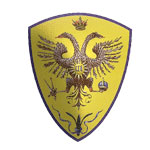
AQUILA (EAGLE)
AQUILA (EAGLE)

- INSIGNA – A black eagle with two crowned heads, that holds in his claws a sceptre, a sword and an imperial globe
- COLOURS – yellow-gold striped with azure and black
- SEAT – Casato di Sotto, 49
- SOCIETY – Il Rostro
- HOLY PATRON AND HOLIDAY – La Vergine (Madonna), 8th September
- MOTTO – From the eagle the beak, the claws , the wing
- TRADITIONAL ARTS AND PROFESSIONS – Notaries
- MILITARY COMPANIES: – San Pietro in Castelvecchio, Casato di Sopra, Aldobrandino del Mancino
- ALLIED CONTRADAS – Civetta and Drago | ADVERSARY CONTRADA – Pantera
- LAST VICTORY – 3/7/’92 (Andrea de Gortes called Aceto with Galleggiante) | OFFICIAL VICTORIES – 24
- MUSEUM – Via del Casato / Visit consented on written application to the contrada
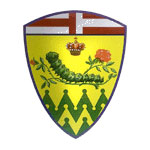
BRUCO (CATERPILLAR)
BRUCO (CATERPILLAR)

- INSIGNA – A crowned caterpillar that crawls on a twig with leaves
- COLOURS – yellow and green striped with azur
- SEAT – Via del Comune, 44
- SOCIETY – L’ Alba
- HOLY PATRON AND HOLIDAY – Madonna (Visitation of the Madonna), 2th July
- MOTTO – “Like revolution sounds my name”
- TRADITIONAL ART AND PROFESSIONS – Silk workers
- MILITARY COMPANIES – San Pietro a Ovile di Sotto
- ALLIED CONTRADAS – Istrice, Nicchio and Torre | ADVERSARY CONTRADA – nobody
- LAST VICTORY – 16/8/’08
- OFFICIAL VICTORIES – 37
- MUSEUM – Via del Comune 44
- OFFICIAL WEBSITE: http://www.nobilcontradadelbruco.it/
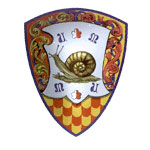
CHIOCCIOLA (SNAIL)
CHIOCCIOLA (SNAIL)

- INSIGNA – On its insigne (with the initials of the Kings Umberto and Margherita) there’s a snail that crawls
- COLOURS – Yellow and red striped with deep-blue
- SEAT – Via San Marco, 31
- SOCIETY – San Marco
- HOLY PATRON AND HOLIDAY – Saint Apostles Peter and Paul, 29 June
- MOTTO – “With a slow and important step the chiocciola” leaves the field triumphing”
- TRADITIONAL ART AND PROFESSIONS – Tanner
- MILITARY COMPANIES – San Marco, San Quirico, Monistero
- ALLIED CONTRADAS – Istrice, Pantera and Selva | ADVERSARY CONTRADA – Tartuca
- LAST VICTORY- 16/8/’99 (Massimo Coghe called Massimino with Votta Votta) | OFFICIAL VICTORIES – 50
- MUSEUM: Via S. Marco 37. Can be visited each last Sunday a months from 9 to 12 am.
- OFFICIAL WEBSITE: http://www.contradadellachiocciola.it/
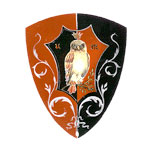
CIVETTA (OWL)
CIVETTA (OWL)

- INSIGNA – A crowned owl sitting on a branch
- COLOURS – Red and black striped with white
- SEAT – Castellare degli Ugurgeri
- SOCIETY – Cecco Angiolieri Vicolo al Vento 8 tel+390577285505
- HOLY PATRON AND HOLIDAY – Sanit Anthony of Padova, 13 June
- MOTTO – “I see during the nigt”
- TRADITIONAL ARTS AND PROFESSIONS – Shoemakers
- MILITARY COMPANIES – San Vigilio, San Pietro in Banchi, San Cristoforo
- ALLIED CONTRADAS – Aquila, Giraffa, Istrice and Pantera | ADVERSARY CONTRADA – Leocorno.
- LAST VICTORY – 16/08/’14
- OFFICIAL VICTORIES – 34
- MUSEUM – Piazzetta del Castellare / The visit is consented each sunday from 10.30 am. to 12.30 am
- OFFICIAL WEBSITE: http://www.contradadellacivetta.it/
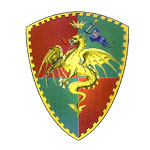
DRAGO (DRAGON)
DRAGO (DRAGON)

- INSIGNA – A flying dragon brings a feather with the letter U
- COLOURS – An antic pink and green striped with yellow
- SEAT – Via del Paradiso
- SOCIETY – Camporegio
- HOLY PATRON AND HOLIDAY – Saint Catherine of Siena, 29 April
- MOTTO – “The heart that burns me becoms a flame in my mouth”
- TRADITIONAL ARTS AND PROFESSIONS – Bankers
- MILITARY COMPANIES – Sant’ Egidio del Poggio Malavolti, San Donato da’ Montanini
- ALLIED CONTRADA – Aquila | ADVERSARY CONTRADA – Nobody
- LAST VICTORY – 02/07/’18 | OFFICIAL VICTORIES – 38
- MUSEUM – Piazza Matteotti, 19 / Can be visited making an appointment
- OFFICIAL WEBSITE: http://www.contradadeldrago.it/
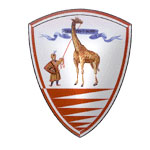
GIRAFFA (GIRAFFE)
GIRAFFA (GIRAFFE)

- INSIGNA – A giraffe leaded by a Moor and a ribbon with the inscription “Humbertus I dedit (devoted)”
- COLOURS – White and red
- SEAT – Via delle Vergini
- SOCIETY – Società della Giraffa
- HOLY PATRON AND HOLIDAY – Madonna of the Visitation, Third Sunday in July
- MOTTO – “The higher the head, the higher the glory”
- TRADITIONAL ARTS AND PROFESSIONS- Painters
- MILITARY COMPANIES – San Pietro a Ovile di Sopra
- ALLIED CONTRADAS – Civetta, Istrice and Pantera | ADVERSARY CONTRADA – Nobody
- LAST VICTORY – 02/07/’19 | OFFICIAL VICTORY – 35
- MUSEUM – Via delle Vergini, 18 / For the visit a written application to the contrada is necessary
- OFFICIAL WEBSITE: http://www.contradadellagiraffa.it/
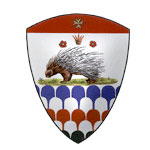
ISTRICE (PORCUPINE)
ISTRICE (PORCUPINE)

- INSIGNA – A porcupine on a blade of grass
- COLOURS – White, red, blu, black (the only Contrade with four COLORS)
- SEAT – Via Camollia, 89
- SOCIETY – Circolo Il Leone
- HOLY PATRON AND HOLIDAY – Saint Bartholomew Apostle, 24 August
- MOTTO – “Only for defense I stung”
- TRADITIONAL ARTS AND PROFESSIONS – Fabbri
- MILITARY COMPANIES – Santo Stefano, San Vincenti, La Magione, San Bartolomeo
- ALLIED CONTRADAS – Bruco, Chiocciola, Civetta and Giraffa | ADVERSARY CONTRADA – Lupa-She-Wolf
- LAST VICTORY – 2/7/2008 | OFFICIAL VICTORIES – 42
- MUSEUM – Via Camollia, 87 / Visit consented each Saturday afternoon and Sunday morning, after agreement with the contrade
- OFFICIAL WEBSITE: http://www.istrice.org
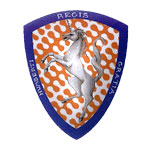
LEOCORNO (UNICORN)
LEOCORNO (UNICORN)

- INSIGNA – An unicorn rampant with the MOTTO “Humberti regio (royal) gratia (grace)”
- COLOURS – White and orange striped with deep-blu
- SEAT – Piazzetta Virgilio Grassi
- SOCIETY – Il Cavallino
- HOLY PATRON AND HOLIDAY – Saint John the Baptist, 24 June
- MOTTO – “My purity is equal at the to the arm that I’ve got in face”
- TRADITIONAL ARTS AND PROFESSIONS – Goldsmiths
- MILITARY COMPANIES – San Giorgio, Pantaneto, Spadaforte
- ALLIED CONTRADAS – Pantera and Tartuca | ADVERSARY CONTRADA – Civetta
- LAST VICTORY- 16/08/’07 | OFFICIAL VICTORIES – 32
- MUSEUM – Via di Follonica, 15 / For informations reguarding the visits, phone to 289021
- OFFICIAL WEBSITE: http://www.contradaleocorno.it/
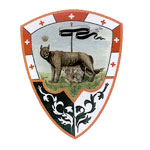
LUPA (SHE-WULF)
LUPA (SHE-WULF)

- NSIGNA – A she-wulf that nurses the twins
- COLOURS – White and black striped with orange
- SEAT – Via Vallerozzi, 71
- SOCIETY – Società Romolo e Remo Via Pian d’Ovile tel. 280414
- SANIT PATRON AND HOLIDAY – Saint Rocco Confessor, 16 August
- MOTTO – “Et urbis et senarum signum et decus”
- TRADITIONAL ARTS AND PROFESSIONS – Baker
- MILITARY COMPANIES – San Donato allato alla Chiesa, Sant’ Andrea
- ALLIED CONTRADAS – Nobodi | ADVERSARY CONTRADA – Istrice
- LAST VICTORY- 16/08/’18 | OFFICIAL VICTORIES – 40
- MUSEUM – Via Vallerozzi, 71/73 / Can be visited making a date with the contrada (27077)
- OFFICIAL WEBSITE: http://www.contradadellalupa.it/
- OFFICIAL WEBSITE: http://www.contradaleocorno.it/
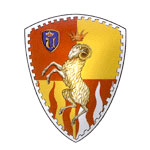
VALDIMONTONE (RAM)
VALDIMONTONE (RAM)

- INSIGNA – A rampant ram with a crown
- COLOURS – Red and yellow striped by white
- SEAT – Via Valdimontone, 6
- SOCIETY – Castelmontorio
- HOLY PATRON AND HOLIDAY – Madonna of the Buonconsiglio, 26 April
- MOTTO – “Onder my blow the wall breaks down”
- TRADITIONAL ARTS AND PROFESSIONS – Ligrittieri
- MILITARY COMPANIES – Borgo Santa Maria, Sant’ Angelo a Montone, Samoreci
- ALLIED CONTRADA – Onda | ADVERSARY CONTRADA – Nicchio
- LAST VICTORY – 16/8/’12
- OFFICIAL VICTORIES – 44
- MUSEUM – Via di Valdimontone / Can be visited each wednesday from 17 to 19 after making a date with the contrade (Phone: 222590).
- OFFICIAL WEBSITE: http://www.valdimontone.it/
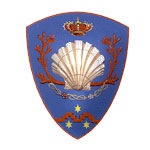
NICCHIO (SHELL)
NICCHIO (SHELL)

- INSIGNA – An crowned ocean-shell that is surrounded by two coral branches
- COLOURS – Azur with yello and red stripes
- SEAT – Via dell’Oliviera 47
- SOCIETY – La Pania
- HOLY PATRON AND HOLIDAY – Holy Gaetano of Thiene, 7 August
- MOTTO – “It’s the red of the coral that burns in my heart”
- TRADITIONAL ARTS AND PROFESSIONS – potters
- MILITARY COMPANIES – Abbadia nuova di Sopra, Abbadia nuova di Sotto
- ALLIED CONTRADAS – Bruco, Onda and Tartuca | ADVERSARY CONTRADA – Valdimontone
- LAST VICTORY- 16/8/’98 (Dario Colagè called Bufera with Re Artù) | OFFICIAL VICTORIES – 42
- MUSEUM – Via dei Pispini, 68 / For the visit it’s necessary to phone to the keeper 220337
- OFFICIAL WEBSITE: http://www.nobilecontradadelnicchio.it
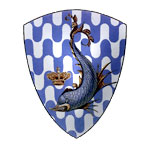
ONDA (WAVE)
ONDA (WAVE)

- INSIGNA – A natant dolphin
- COLOURS – White and celestial
- SEAT – Via S.Giuseppe n° 111
- SOCIETY – G. Duprè
- HOLY PATRON AND HOLIDAY – Madonna (Visitation of the Vergine Mary), 2 July
- MOTTO – “The color of the sky, the power of the ocean”
- TRADITIONAL ARTS AND PROFESSIONS – Joiner
- MILITARY COMPANIES – Casato di Sotto, San Salvatore
- ALLIED CONTRADAS – Tartuca, Nicchio and Valdimontone | ADVERSARY CONTRADE – Torre.
- LAST VICTORY – 16/08/’17
- OFFICIAL VICTORIES – 41
- MUSEUM -Via Giovanni Dupré 111. For visit the MUSEUM you’ve got to book at the 0577/48384 at least three days before
- OFFICIAL WEBSITE: http://www.contradacapitanadellonda.it
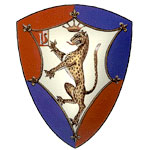
PANTERA (PANTHERESS)
PANTERA (PANTHERESS)

- INSIGNA – A rampant pantheresse
- COLOURS – Red and azur striped with white
- SEAT – Via San Quirico, 26
- SOCIETY – Due Porte
- HOLY PATRON AND HOLIDAY – Decapitated Saint John, 29 August
- MOTTO – “My energie pulls down every obstacle”
- TRADITIONAL ARTS AND PROFESSIONS – grocers, chemists
- MILITARYCOMPANIES – Stalloreggi di dentro, Stalloreggi di fuori
- ALLIED CONTRADAS – Chiocciola, Civetta, Giraffa and Leocorno | ADVERSARY CONTRADA – Aquila
- LAST VICTORY – 2/7/’06
- OFFICIAL VICTORIES – 26
- MUSEUM – via S. Quirico 26 / The visit is consented each Sunday from 10 to 12 am after making a date with the contrada.
- OFFICIAL WEBSITE: http://www.contradadellapantera.it
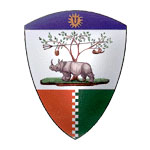
SELVA (FOREST)
SELVA (FOREST)

- INSIGNA – A rhinoceross at the foot of an oak with hunting tools
- COLOURS -Green and orange striped with white
- SEAT – Piazzetta della Selva, 4
- SOCIETY – Rinoceronte
- HOLY PATRON AND HOLIDAY- Madonna Assunta, 15 August
- MOTTO – “First Selvalta (high forest) in the Campo (field)”
- TRADITIONAL ARTS AND PROFESSIONS – Weavers
- MILITARY COMPANIES – Vallepiatta, San Giovanni, Porta Salaia
- ALLIED CONTRADAS – Chiocciola and Tartuca | ADVERSARY CONTRADA – Nobody
- LAST VICTORY – 16/08/’19 | OFFICIAL VICTORIES- 44
- MUSEUM – Piazzetta della Selva 3 / Visit consented after making a date Phone: 0577/45093 after 21.00
- OFFICIAL WEBSITE: http://www.contradadellaselva.it
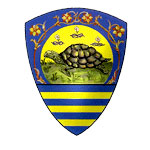
TARTUCA (TURTLE)
TARTUCA (TURTLE)

- INSIGNA – A rhinoceross at the foot of an oak with hunting tools
- INSIGNA – A greek turtle with from savoian knots alterned with marguerites
- COLOURS – Yellow and deep blue
- SEAT – Via Pendola, 28
- SOCIETY – Castelsenio
- HOLY PATRON AND HOLIDAY – Holy Anthony of Padova, 13 June
- MOTTO – “I welcome power and constancy”
- TRADITIONAL ARTS AND PROFESSIONS – Masters of sculptures
- MILITARY COMPANIES- Porta all’ Arco, Sant’ Agata
- ALLIED CONTRADAS – Leocorno, Onda, Nicchio and Selva | ADVERSARY CONTRADA – Chiocciola
- LAST VICTORY – 16/08/10/li>
- OFFICIAL VICTORIES – 46 and a half
- MUSEUM – Via T. Pendola 21. Closed for restauration
- OFFICIAL WEBSITE: http://www.tartuca.it
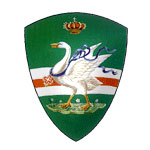
OCA (GOOSE)
OCA (GOOSE)

- INSIGNA – A crowned goose, that wears an azur ribbon on the neck with the cross of Savoy
- COLOURS – White and green striped with red
- SEAT – Vicolo Tiratoio, 11
- SOCIETY – Trieste Strada S. Caterina 55 tel. 280003
- HOLY PATRON AND HOLIDAY – Saint Catherine of Siena, 29 April
- MOTTO – “Clangit ad arma”
- TRADITIONAL ARTS AND PROFESSIONS – Dyers
- COMPAGNIE MILITARI – Sant’ Antonio, San Pellegrino
- ALLIED CONTRADAS – Nobody | ADVERSARY CONTRADA – Torre
- LAST VICTORY – 2/7/’13
- OFFICIAL VICTORIES – 64
- MUSEUM – Visit consented after making a date (phone: 285413 or 282534)
- OFFICIAL WEBSITE: http://www.contradadelloca.it
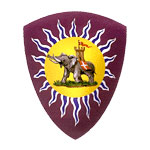
TORRE (TOWER)
TORRE (TOWER)

- INSIGNA – An elephant surmounted by a tower
- COLOURS – Crimson red striped with white and azur
- SEAT – Via Salicotto, 103
- SOCIETY – Elefante
- HOLY PATRON AND HOLIDAY – Saint James the Older Apostle and Saint Anne, 25 July
- MOTTO – “Beside the power, the potency”
- TRADITIONAL ARTS AND PROFESSIONS – Woolcombers
- MILITARY COMPANIES – Salicotto di Sopra, Salicotto di Sotto, Rialto, San Giusto
- ALLIED CONTRADAS – Bruco | ADVERSARY CONTRADA – Oca and Onda
- LAST VICTORY – 2/7/’15 | OFFICIAL VICTORIES – 45
- MUSEUM – Via Salicotto / Phon at 222555 for informations
- OFFICIAL WEBSITE: http://www.contradadellatorre.it/popolo-index.asp

